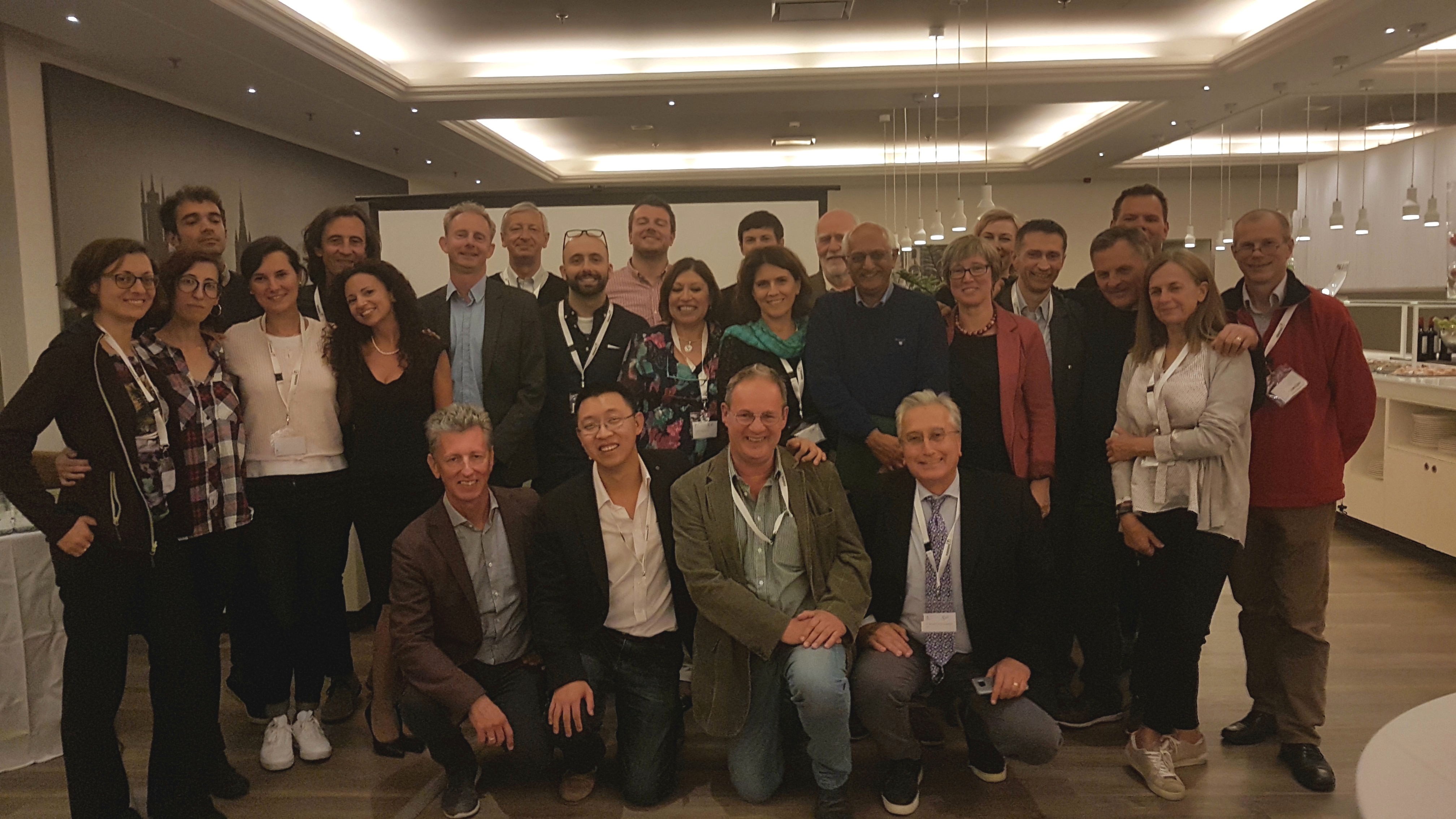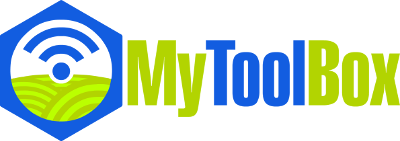
1st Mycokey-MyToolBox Conference on Mycotoxins, Ghent University, Belgium 11-14th September, 2017
The recent conference held at Ghent University provided an excellent opportunity to showcase the advances already being made by partners involved in MyToolBox. Prof. Rudi Krska presented a keynote talk highlighting the significant advances made in the different Work Packages so far even though the project has been running for only 18 months. These included the development of atoixgenic strains of A.flavus for control of aflatoxins in maize which is being patented (WP1) for application in Serbia, the developments in the real time post-harvest Decision Support System for mycotoxin management using pilot scale silos at Barilla in Parma Italy (WP2), the development of novel processing approaches to minimise mycotoxins entering the food chain (WP2), the alternative uses of contaminated batches (WP2), on-going development of the e-platform with dynamic and static information for real time use by stakeholders (WP3 and WP4) including interaction with various stake holder groups, In addition to this overall presentation of the highlights so far in the first 18 months, individual partners also presented their research advances in the more detailed scientific parallel sessions.
For example, Ms Esmee Janssen and colleagues (Wageningen University) presented the initial findings of surveys with regard to EU farmers approaches to improving mycotoxin management. Dr. Michael Sulyok (BOKU) presented his recent developments in the use of LC-MS methods for multi-mycotoxin analysisand their application for feed matrices. Dr Esther Garcia-Cela and colleagues (Cranfield University) demonstrated the potential for using CO2 as an early indicator of post-harvest spoilage in wheat by Fusarium graminearum and the production of Zearalenone (ZEN). This demonstrated that by using the physical measurements is was possible to correlate this with relative dry matter losses and evaluate in real-time whether there is a low, medium or high risk of contamination exceeding the EU legislative limits. Dr Michele Surman (Barilla) demonstrated the potential of using different pre-milling and processing approaches for synergistic effects to minimise mycotoxins entering the food chain. The potential for use of at risk batches of mycotoxin contaminated cereals for bioethanol production by adding detoxifying enzymes was presented by Daniela Kotz and colleagues (BIOMIN) which is on-going.
A key part of the e-platform is pre-harvest modelling for assisting stakeholders to effectively use real-time dynamic data for determining risks of mycotoxin contamination and thus timing of spray applications to control Fusarium infection in cereals. Dr. Cheng Liu and Dr. Ine van der Fels-Klerx (Rikilt Wageningen Research) and Prof. Vittorio Rossi (HORTA) presented data on the development of predictive models for Fusarium infection preharvest and potential for contamination with type A trichothecenes especially Deoxynivalenol. In addition, MyToolBox partners were involved in discussions with MycoKey partners in relevant Work Packages to ensure that work being carried out was complimentary and that, where possible, collaborative initiatives could be followed up in the future.
